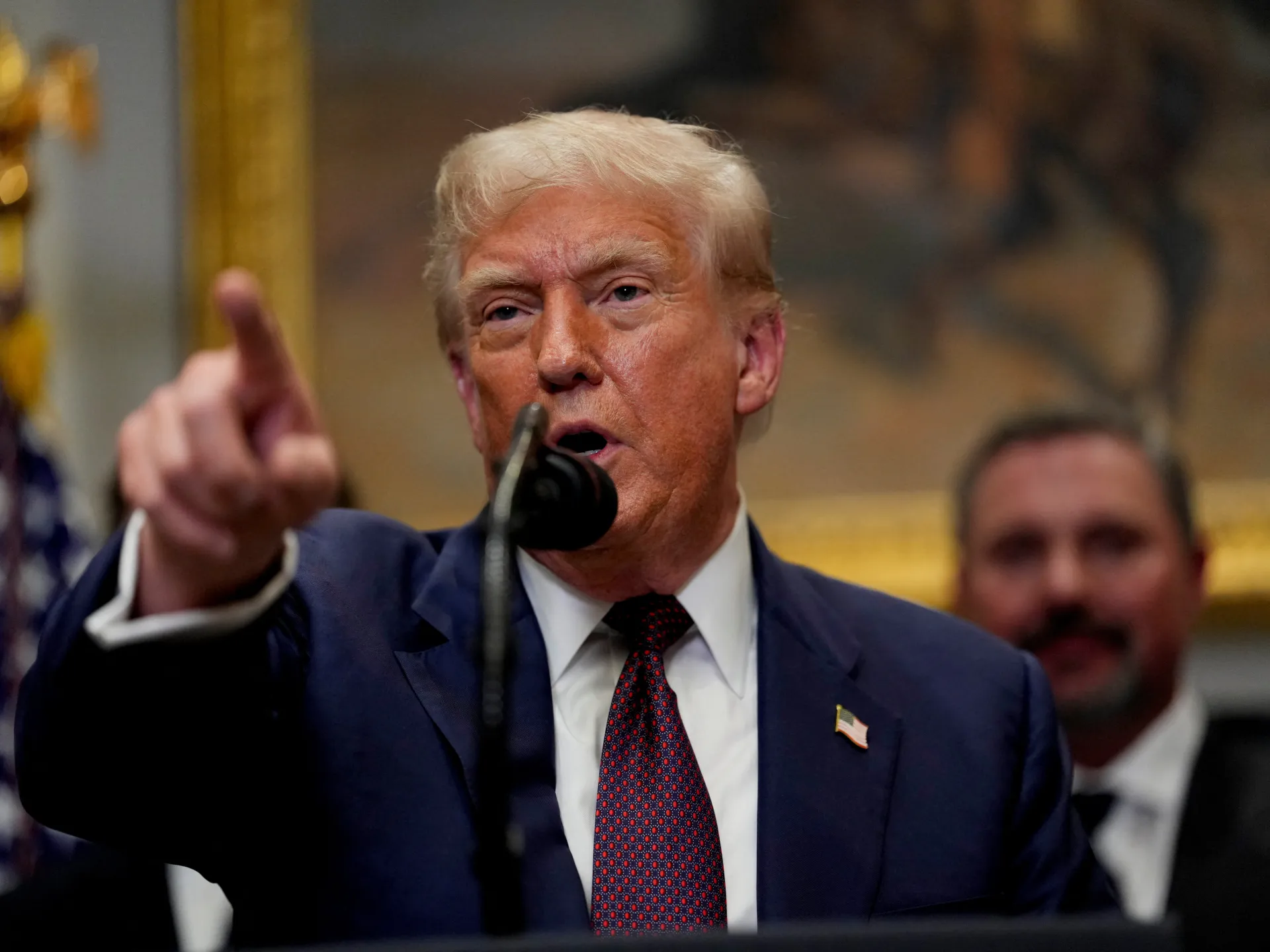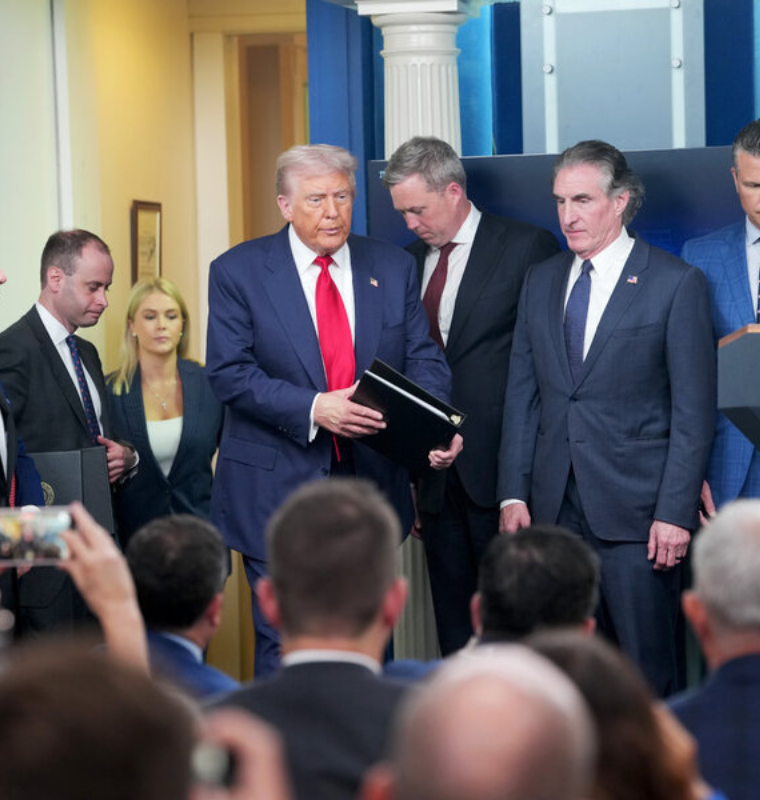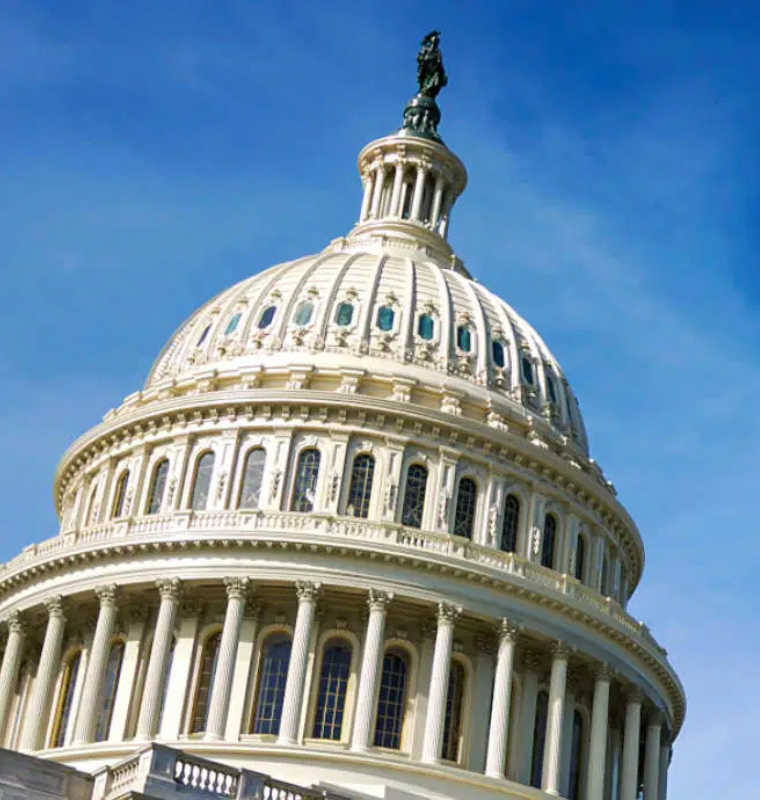Job Market Turmoil Deepens as Trump Fires Labor Chief After Major Data Revision
Job Market Turmoil Deepens as Trump Fires Labor Chief After Major Data Revision
By
Junia Wells
Last updated:
August 4, 2025
First Published:
August 6, 2025

A Shaky Jobs Market Faces Political Firestorm
The integrity of America’s jobs data has come under intense scrutiny after the Bureau of Labor Statistics (BLS) revised U.S. employment numbers downward by 258,000 jobs for May and June—significantly altering the economic outlook.
In a dramatic response, former President Donald Trump announced the firing of Erika McEntarfer, Commissioner of Labor Statistics, accusing her and the agency of political bias and deliberate data distortion. The move triggered backlash from across the political spectrum and sent financial markets reeling.
The Numbers That Sparked It All
The revised employment reports, released Friday, revealed that the economy had added far fewer jobs than initially reported—deepening concerns that the labor market is cooling more rapidly than expected. The original figures had painted a picture of resilience, but the updated data shaved off 258,000 jobs, casting doubt on the momentum of the post-pandemic recovery.
This kind of revision isn’t unprecedented. The BLS routinely updates its figures as more data becomes available, but the size and timing of these changes could not have come at a more politically sensitive moment.
Trump's Response: Political Overreach or Necessary Action?
Trump’s decision to remove McEntarfer was met with sharp criticism.
“Bottom line, Trump wants to cook the books,” said Senator Ron Wyden, a top Democrat on the Senate Finance Committee.
On the other side of the aisle, Republican Senator Rand Paul voiced concerns too, telling NBC News, “You can’t really make the numbers different or better by firing the people doing the counting.”
The episode has drawn comparisons to China’s 2023 decision to halt the publication of youth unemployment figures when they reached record highs—a move that sparked international backlash. China resumed publication of the data in early 2024, but the precedent remains a warning of what happens when governments interfere in economic transparency.
Markets React Sharply
Wall Street didn’t take the news lightly. On Friday, all three major U.S. indexes logged their worst trading day in months:
- The S&P 500 dropped 2.3%, ending a streak of record highs.
- The Nasdaq Composite fell 2.9%, its sharpest single-day loss since March.
- The Dow Jones Industrial Average declined by over 700 points.
This sharp reversal comes just a week after markets had been buoyed by strong tech earnings and optimism about a potential soft landing for the U.S. economy.
Corporate Concerns: Berkshire Hathaway Reports Lower Profits
Adding to investor jitters, Berkshire Hathaway reported a drop in operating profit, citing higher input costs, labor expenses, and market uncertainty. The company’s performance is often viewed as a proxy for the broader U.S. economy due to its wide range of holdings across sectors like insurance, energy, railroads, and consumer goods.
Tariffs Loom, Hiring at Risk
The fallout from the jobs data could intensify further. New U.S. tariffs are scheduled to take effect on August 7, raising concerns that rising input costs and trade uncertainty could prompt employers to slow down hiring even more.
These tariffs, part of Trump’s “America First” economic strategy, may dampen business confidence, especially among manufacturers and exporters. Analysts warn this could lead to a new round of corporate layoffs or hiring freezes, just as job growth is already showing signs of fatigue.
What Comes Next: Crisis or Correction?
Economists are now revisiting their forecasts. The Federal Reserve, which has kept interest rates steady amid conflicting signals about inflation and growth, may face added pressure to reconsider its next steps.
With trust in official data under question and economic momentum wavering, the bigger issue may be confidence—both among investors and the general public. As one analyst put it, “Markets can handle bad news; what they can’t handle is manipulated news.”
Whether this marks the beginning of a deeper economic downturn or simply a political sideshow will depend on how the coming months unfold—and whether the administration’s actions reinforce or undermine public trust in America’s economic institutions.
Popular articles
Subscribe to unlock premium content
Disney’s Timeless Magic and How the Entertainment Giant Continues to Shape Culture and Innovation

Imran Khan’s Economic Missteps Amid Political Chaos in Pakistan

The Philippines’ Digital Shift How Remittances and BPO Are Fueling Growth

Disney’s Timeless Magic and How the Entertainment Giant Continues to Shape Culture and Innovation

Imran Khan’s Economic Missteps Amid Political Chaos in Pakistan

Disney’s Timeless Magic and How the Entertainment Giant Continues to Shape Culture and Innovation









